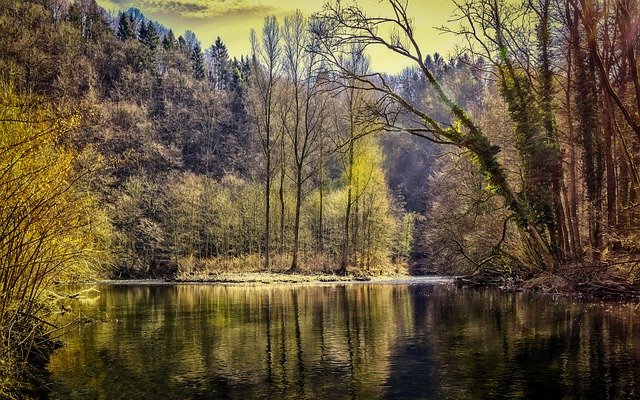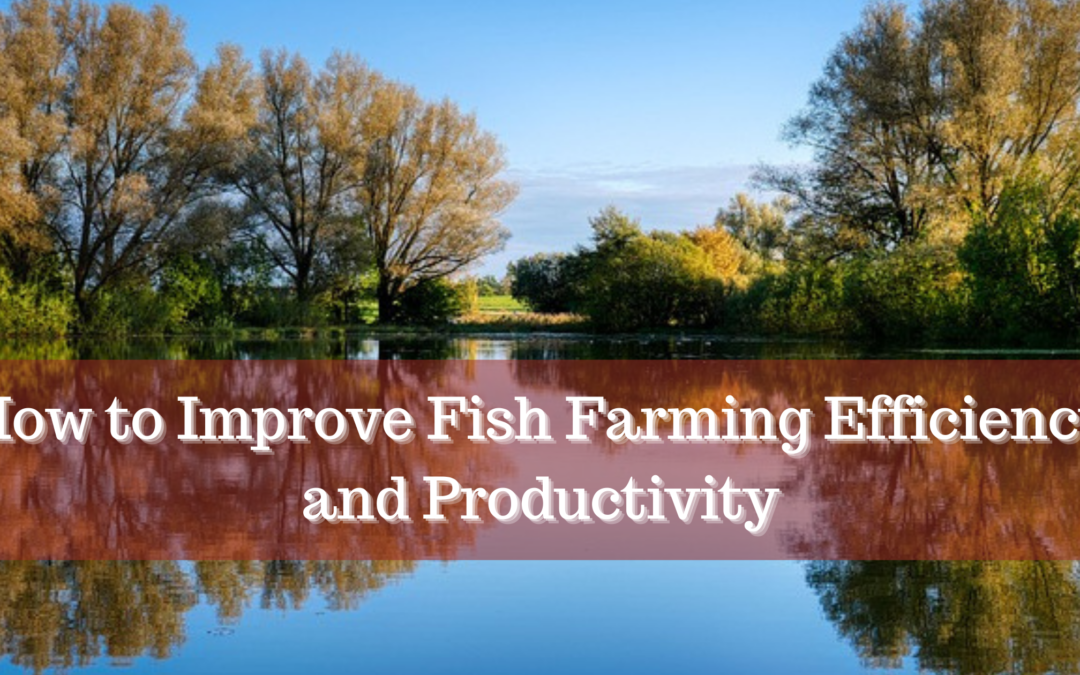When getting started with aquaculture farming, having it right from the start is critical for optimal fish performance all through their life cycle. Each species of the fish or shrimp that you farm requires a well-balanced and nutritionally rich aquaculture feed that’s well-tailored for each stage of their development. It’s vital that the nutritional solutions for the specific needs of larvae be addressed since it’s one of the most critical stages.
Optimal nutrition should be that which supports the healthy development of all of the organs. Failure to meet all of the required nutritional needs can lead to poor growth of the fish, increased rates of mortality and can result in decreased production in profitability. The use of a high-quality and nutritionally balanced aquaculture feed results in minimal nutritional deficiencies, optimal development, and foundation for future growth, and high digestibility for optimal performance alongside water quality.
Here are some of the key things to observe in order to ensure fish farming efficiency and productivity;
Creating an Optimal Fish Ecosystem
In aquaculture environments; there are some variables that have the potential of affecting production and these include elements such as water quality, oxygen availability, ammonia, and temperature amongst other things. While modern recirculating aquaculture systems (RAS) ensure greater control over some of these factors; there are still key elements to focus on so as to ensure the creation of an optimal fish ecosystem.
The quality of nutritional formulations, raw materials, performance, transportation, climate, and feed mill operation if not well looked into, has the potential of impacting the performance and productivity. Fish is likely to perform best when an optimal ecosystem is maintained and that includes ensuring maintenance of water quality. Nutrient availability and ingredient quality help with aiding digestion, absorption of nutrients, and utilization of the feed which then results in healthier fish.
It also results in lower production of feces and less pollution in the environment and systems. Getting the foundation right at the early stage helps with ensuring that the fish reaches their maximum potential.

Maintaining Water Quality
The quality of the aquafeed is highly connected to water quality since any form of uneaten feed that gets excreted into the environment doesn’t only become waste but also ends up polluting the environment which causes unnecessary stress. It’s therefore important for the feed to be highly palatable and ideal for the correct developmental stage of the fish species. Failure to meet such needs right from the start can have diverse effects on fish health.
Support to Internal Defense Systems
The fish skin, gills, gut are some of the primary points in the fish that gets to interact with the environment. Both the internal and external organs of the fish should be well protected. The right feed that helps with encouraging healthier growth boosts natural defense systems and that which also gut function should be used.
Are you considering farming an income generator for you? Why not join a team of expert fish farmers at EAT Community! You will get loads of valuable information and tips from experts including videos and much much more!



